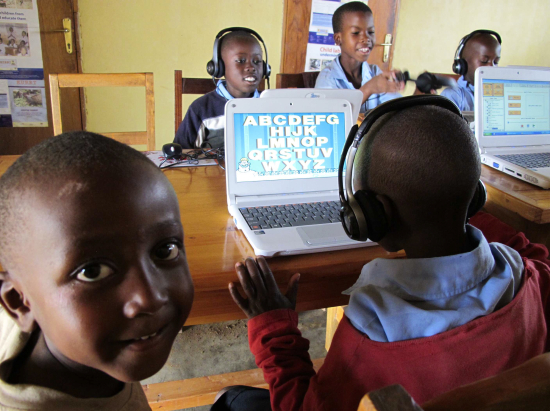1. At 2:30 PM, Jon Mannion and I(Dennis) went out in the neigborhood to disseminate information about the BSA E-Room ; we went to three buildings around the vicinity of the barangay hall of Brgy San Antonio, Pasig City, Metro Manila and gave away some brochures about the BSA E-Room.
2. At 3:00 PM, there was an inter-barangay program ; Kagawad Noli Medalla, our foremost supporter of the BSA E-Room spoke about the BSA E-Room and how it has helped learners learn new computer skills.
3. Three new kids came to the BSA E-Room and made their own profiles. They were : Hanniel, Maureen and Michael John. The latter was an 8 year old third grader who still cant read. Those posed a problem for me and made me think on how can help him read using a computer.
4. As planned Kat Pauso, one of the mentors and project manager of the BSA E-Room, read and showed her profile to the kids using a projector. After which three kids showed their learner profiles too. Most of the kids were shy and were just interested in playing games in the computer.
5. Kay suggested that next week, we should have a timer in the computer so that every learner will have an equal amount of time to use the computer.
6. I suggested to Kat that as one learner-activity, we can also ask the kids to translate an English text, for example about animals, into Filipino. The only problem is that we don't have an English-Tagalog dictionary in the E-Room.
7. Jon showed Armin and the other learners, some animation videos from the CBeebies website, about cooking.
8. Jon also showed how to use Google SketchUp ; I suggested to Jon that we can also ask the kids to try Google SketchUp in the future.
9. Jon told me that he was able to install Moodle into the Constructing Learning Through Technology (CLT) website.
10. Lastly, I suggested to Jon that we can use the CD version of the Wikipedia in English in the BSA E-Room as a sort of reference material for the learners.
Here is a Google Map of the BSA E-Room.
View The BSA E-Room in a larger map









